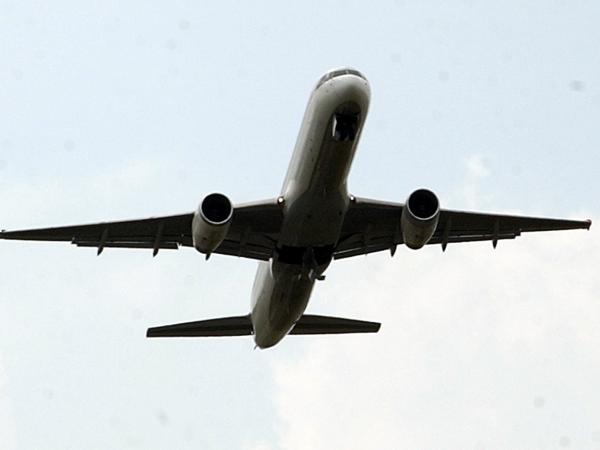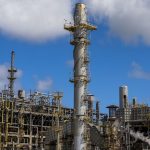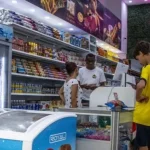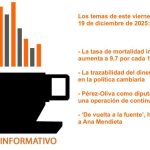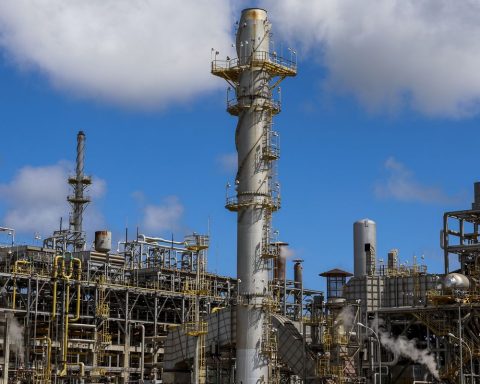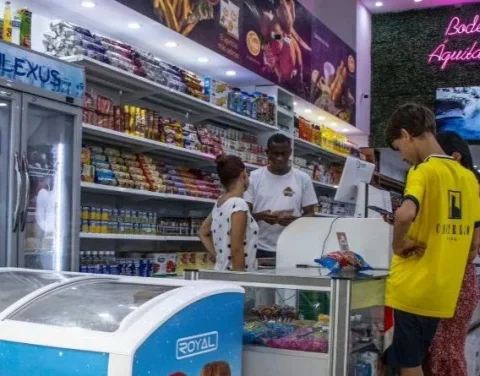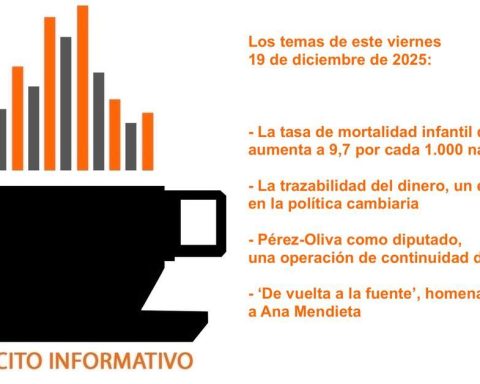Sustainable Aviation Fuel or SAF (for its acronym in English) is a solution that has come to revolutionize the airline industry and reduce carbon emissions that pollute the environment. However, there is still a long way to go for it to position itself as the preferred fuel used by airlines and the sector in general, especially since its production is still much lower than traditional fuel (0.1%, according to Airbus). ).
(Also: $12 trillion climate change costs productivity.)
Despite this, the aeronautical industry continues to work on this being increasingly used in the sector, including the first helicopter flight powered solely by sustainable aviation fuel.
The event was delivered by an Airbus H225 using 100% Sustainable Aviation Fuel (SAF) powering Safran’s two Makila 2 engines. With this development, the company hopes that testing will continue on other types of helicopters with different fuel and engine architectures with a view to certify the use of 100% of SAF by 2030.
“This SAF flight powered by the twin H225 engines is a significant milestone for the helicopter industry. It marks a new stage in our journey to certify the use of 100% SAF in our helicopters, a fact that would mean a reduction of up to 90% in CO2 emissions alone.“said Stefan Thome, Executive Vice President of Engineering and Chief Technical Officer, Airbus Helicopters.
Regarding commercial flights, the aircraft manufacturing company Airbus spoke of the importance of inaugurating milestones such as this sector, being the key route to achieving the industry’s ambition of having zero net carbon emissions by 2050.
“Key statistics outlined in the Waypoint 2050 report indicate that the SAF could contribute between 50% and 75% of the required carbon reductions. While sustainable aviation fuel production currently accounts for 0.1% of the total aviation fuel production, this figure is expected to increase dramatically in the coming years to meet both growing demand from operators and upcoming SAF usage mandates,” the company said.
Thus, the future contemplates more sustainable flights and according to the company, “it will be possible in the short term with the introduction of most modern aircraft,” said Airbus.
What do the airlines say?
For its part, Avianca supports what was proposed by Airbus considering being able to reach the goal of production for mass use and that Latin America is positioned as a producing power of SAF.
“But we have to get down to business immediately. In different work groups, we have expressed our interest in being part of the efforts to create the necessary conditions for the production and use of SAF in Latin America”, said Felipe Andrés Gómez, director of Institutional Relations and Sustainability of Avianca.
Latam in this regard even pointed to Colombia, to lead the production of SAF.
“That is why from the Latam Group we want to promote public policies to encourage its production in the country. Colombia has already advanced with a general regulatory framework and there is a regulation to pilot SAF”, said Maria Lara, director of Corporate Affairs and Sustainability of Latam.
(Read: Why they limited Biden’s powers to combat climate change).
The airline, as part of its commitment, stipulated that by 2030 5% of its aircraft operate with SAF, and thus by 2050 it will be a Group carbon neutral to 2050.
PAULA ANDREA GALEANO
